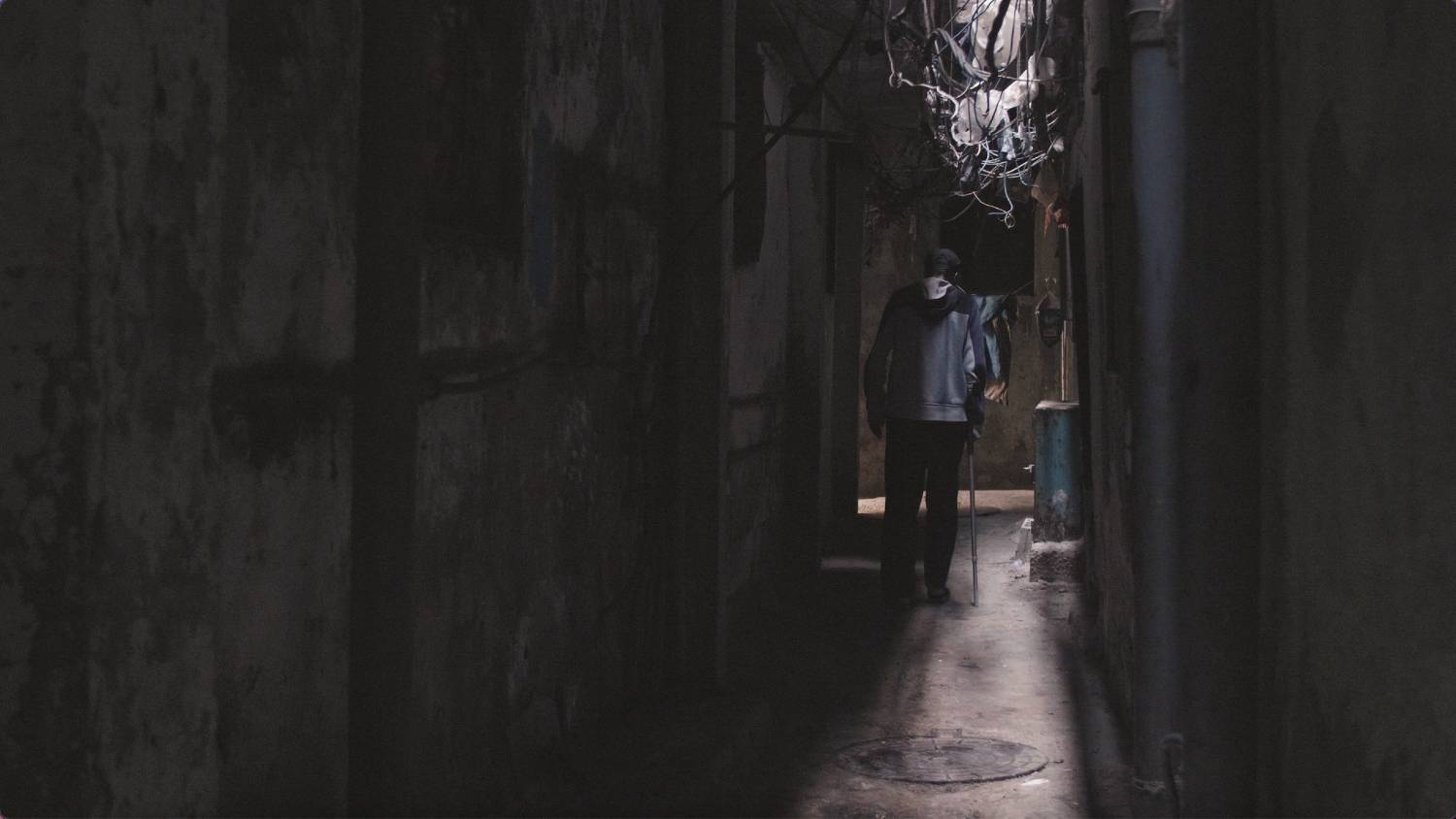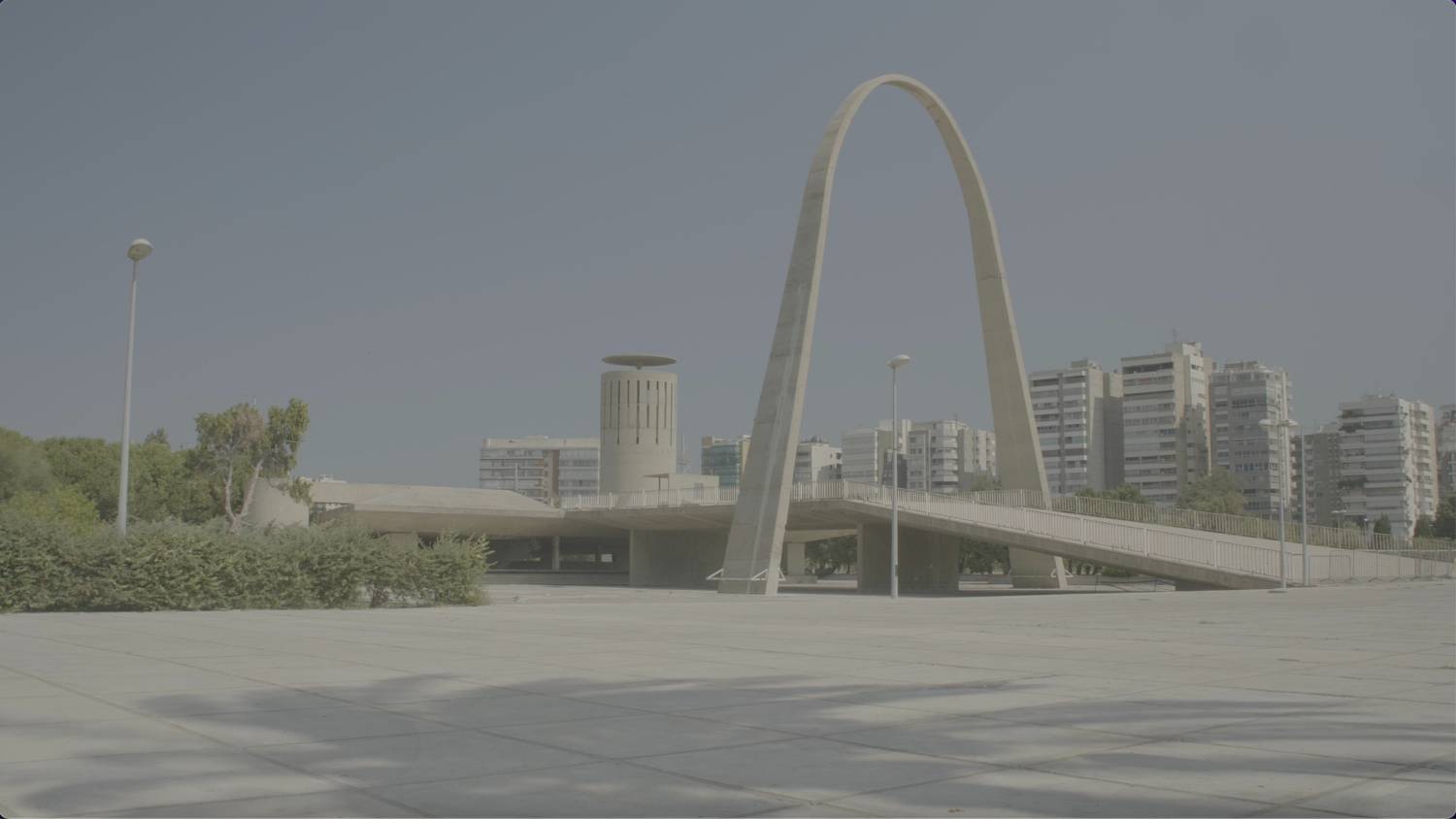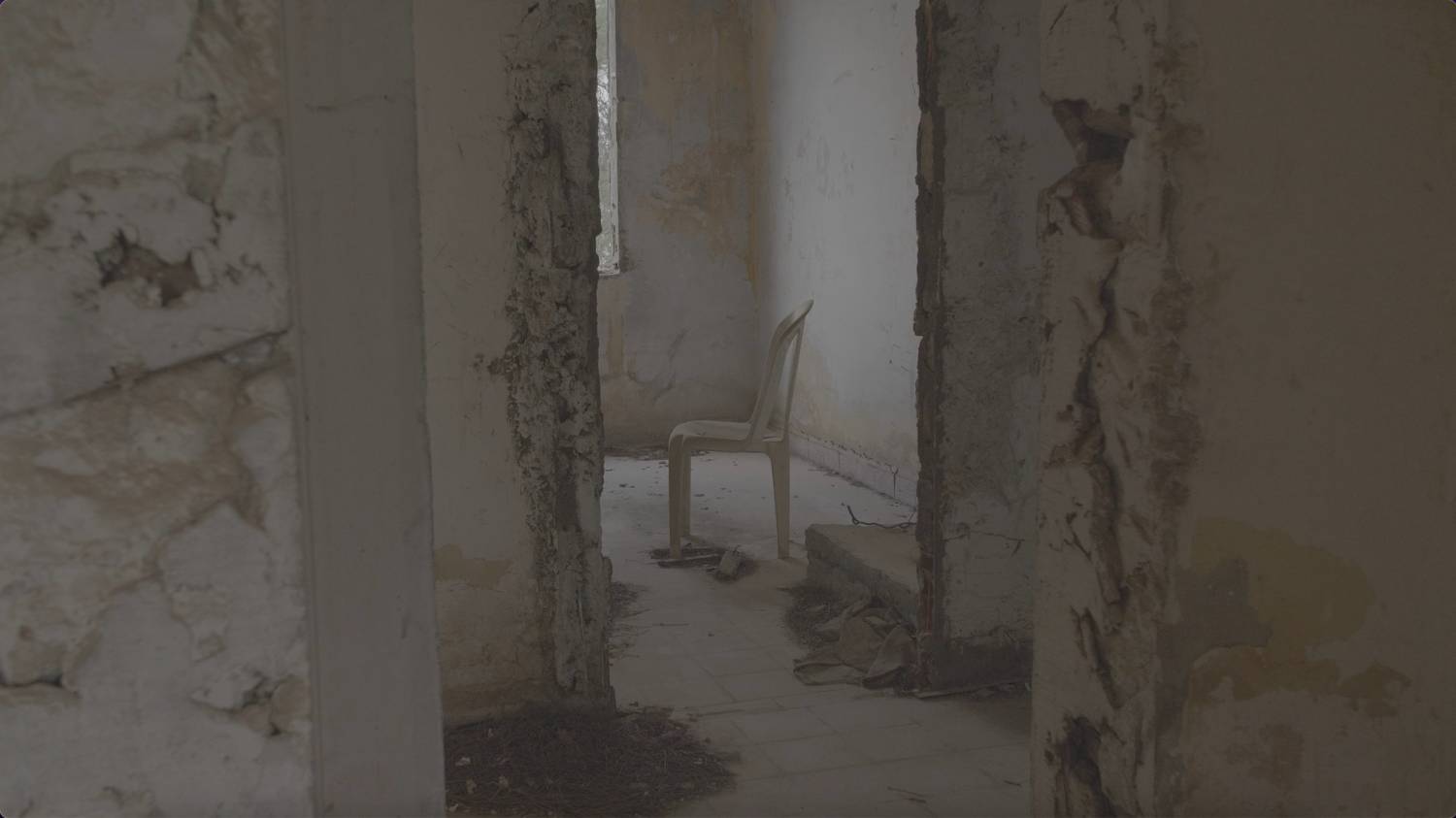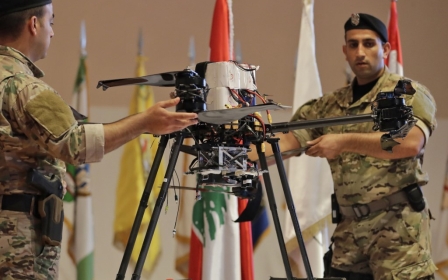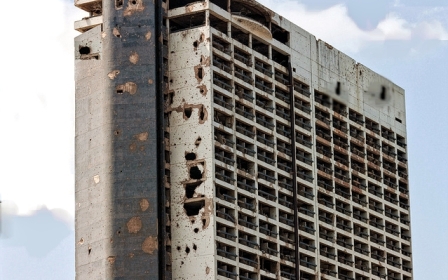The Soil and the Sea: Excavating Lebanon's history of violence
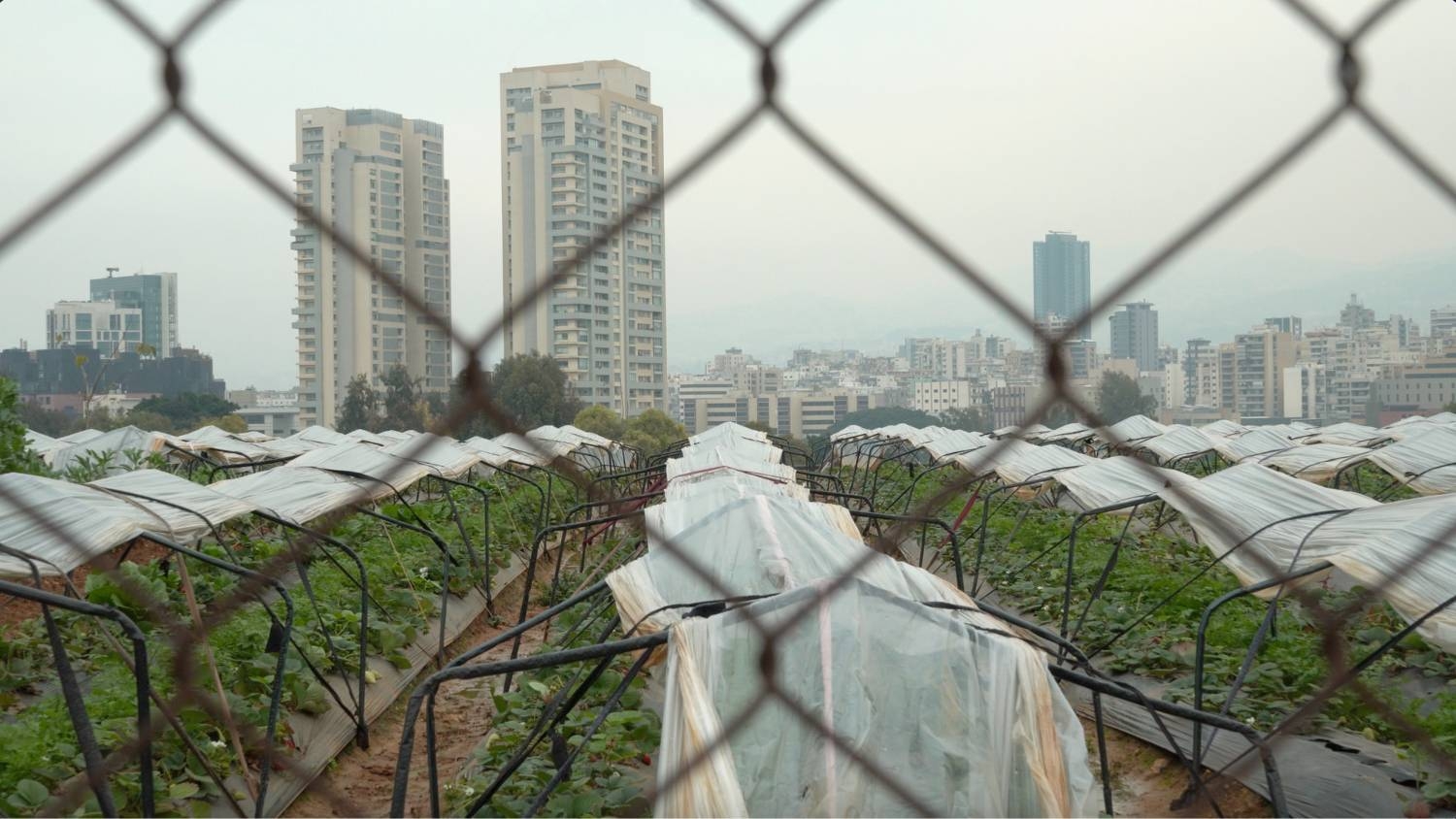
Between 1975 and 1990, Lebanon’s civil war forced nearly a million people to flee the country and left some 120,000 dead.
Armed factions formed mostly along communal lines, the Syrian dictatorship intervened and occupied parts of the country’s north, Israeli forces invaded and occupied southern Lebanon, and one massacre after another racked up.
In the three decades since the 15-year conflict formally ended, Lebanon’s fate has, in many ways, remained tethered to the sectarianism, political violence and paramilitarism the war enshrined.
More than 32 years later, burial sites are still being unearthed, or in many cases, never unearthed at all: underneath gardens, beneath school grounds and deep in the sea.
These graves are the grim subject of The Soil and the Sea, a new documentary that sets out to tell the stories of those who are still waiting for the remains of their loved ones who went missing during the bloodshed to be returned.
New MEE newsletter: Jerusalem Dispatch
Sign up to get the latest insights and analysis on Israel-Palestine, alongside Turkey Unpacked and other MEE newsletters
Directed by Daniele Rugo, who produced the film alongside Carmen Hassoun Abou Jaoud, the film investigates the past through stories of violence, while showing what appears to be otherwise everyday scenes of places in the country.
But excavating a history of such violence isn’t easy. In Lebanon, the civil war goes largely untaught in schools, and textbooks stop at the point the country broke away from French rule in 1943. After all, narratives of massacres, however distant, can still inflame old tensions.
'Executioners walking away'
Perhaps that fragility is most poignantly felt in The Soil and The Sea’s unconventional but compelling presentation of the stories the film contains: interviewees’ faces are never shown; their full names go unmentioned and their voices play over wartime footage and contemporary shots of places that have long since changed.
The stories recalled are difficult, violent and an important testament to the consequences of a civil war, where many of the executioners were able to walk away from their crime scenes without recourse, leaving many families without any semblance of closure.
Worse still, many of the civil war-era militiamen are today politicians in the Lebanese government.
Early in the film, the first interviewee is a mother who hadn’t known that her son, a ninth-grade student named Maher, had started military training during the war.
She had hoped to send her son abroad, but when Israeli forces advanced towards the capital, she recalls, Maher “was convinced Israel shouldn’t reach Beirut”.
On 17 June 1982, Maher and others went to the Lebanese University. At home, the woman looked out of her window as Israeli forces moved yet closer and saw what looked like “a red fire … going up in the sky”.
The woman went to search for Maher, but by the time she reached the campus, he was nowhere to be found. When she returned to the campus the following day, someone told her Maher had gone missing along with the rest of his group.
Over the years, some have alleged that the Lebanese Forces, a Christian militia that allied with Israel, had carried out the abductions of some 60 people at the university.
The tragedies recounted in The Soil and the Sea span most of the country and, in some cases, bleed beyond its borders.
'Who knows what's underneath?'
Another woman recalls hearing screams and gunshots from her home in a Beirut neighbourhood. Each day, she and others in the neighbourhood would walk to a spot where bodies were dumped. “We’d find one, two, three, five, even 10 bodies,” she says. “Sometimes we’d find nobody.”
Today, the spot has become agricultural land. Even though the soil has been replaced, she asks, “Who knows what’s underneath?” As she speaks, the camera follows through a chain-link fence a woman and a child walking across the field.
'We’d find one, two, three, five, even 10 bodies'
- Interviewee in film
Similar spots, she says, have disappeared beneath highways and apartment blocks. “I used to hope a conscientious person among those digging would speak up if they found anything,” she explains, adding later: “But no one ever said anything.”
Later, the film alternates between the testimonies of a man and a woman who remember Syrian forces entering Beit Mery, not far from Beirut, in October 1990. Many townspeople fled, but others were taken prisoner.
When residents returned around Christmas time 1990, the man says, they checked in buildings, wells and holes in the earth for the missing. Others came to help the search. “They looked everywhere and didn’t find anything,” he says. “Not a trace of them.”
Another woman tells the story of her brother, who disappeared after leaving Anjar, their village in eastern Lebanon, to deliver vegetables to Beirut in July 1983. The family asked political parties and militias about his fate and even travelled to Syria to look for him, but nothing ever came of it.
The woman explains that her mother told her, “If I die before your brother comes back, come knock on my grave.” But her mother passed away, and her brother’s fate has yet to be uncovered.
Other interviewees describe their firsthand experience of torture. A man and a woman take turns recounting the interrogations and beatings they endured at the American School in Tripoli, then Anjar and later in Syria.
Interrogated, threatened with death and beaten with electric cables, the woman explains: “It was as if they were hitting a rug with a stick.”
For his part, the man recounts the hour or so before his torture in a scene that calls back the gruesome stories of violence at the hands of the Syrian regime in more recent years. He and others were put in a room “just to make us listen to the sounds of beating and screaming around us”.
The September 1982 massacres at the Palestinian refugee camps Sabra and Shatila, one of the more widely documented instances of wartime mass violence are retold through women who lost their loved ones.
As Israeli military forces encircled the camps, Lebanese Forces slaughtered anywhere between several hundred and 3,500 civilians. When residents who had been forced to leave the camp returned, they found evidence of the massacre everywhere.
“The people who were killed had become bloated and inflated in the sun,” one woman says. “There were dismembered bodies.”
Of course, the efforts of the families to track down solid evidence of what happened to their relatives have yet to find a conclusion, and more than 100 mass graves are believed to be spread across Lebanon.
Today, as Lebanon endures a crippling economic crisis, a political deadlock that has left the country without a president and a fresh surge in xenophobia against Syrians and other refugees, The Soil and the Sea stands as a reminder of past crises left unresolved.
But the film’s warnings don’t just apply to Lebanon. One day, similar efforts will be undertaken in respect to Syria, where hundreds of thousands of people have been killed during more than a decade of civil war. The same could be said of the deaths and disappearances along the refugee trail to Europe: more than 27,000 people have gone missing in the Mediterranean Sea alone since 2014.
The Soil and the Sea offers a loose blueprint for investigating tragedies such as these. The hope, of course, is that it won’t take decades to excavate these histories of violence.
Middle East Eye delivers independent and unrivalled coverage and analysis of the Middle East, North Africa and beyond. To learn more about republishing this content and the associated fees, please fill out this form. More about MEE can be found here.


